Varus Club Foot Types
Varus of the hindfoot is the third part of the deformity of clubfoot.

Varus club foot types. This type is stiff or rigid, and very hard to manipulate. There are three types of clubfoot that your child can be diagnosed with:. Most relevant for this congenital deformity are the talus, calcaneus and navicular.
Idiopathic clubfoot is not related to any other medical problems. Varus means movement towards the midline. Occasionally, the doctor may request X-rays to fully understand how severe the clubfoot is, but usually X-rays are not necessary.
The calcaneum also rotates medially under the talus as part of the adductus deformity. In most cases, the front of the foot is twisted downward and inward, the arch is increased, and the heel is turned inward. Equinus means an increase in the plantarflexion of the foot.
About twice as many males are born with the congenital form than females. The most common of the talipes is what is known as "talipes equino varus" - it is so common that the word clubfoot is commonly used to refer to this. Doctors use the term "clubfoot" to describe a range of foot abnormalities usually present at birth (congenital).
Feet of babies with this type of clubfoot are stiff and hard to manipulate. It is one of the most common congenital deformities. Although different types of clubfoot exist, the condition is usually accompanied by the following foot deformities:.
Bilateral TEV can be found be found in nearly 50% of cases. Clubfoot is a common defect present at birth and occurs in every 1,000 live births. The foot is pointed downward, forcing one to walk on tiptoe.
Congenital talipes equinovarus, also known as ‘club foot’, is a congenital foot deformity present at birth. The foot consists of 26 bones. The heel is in varus in relation to the tibia.
This is a natural motion but in clubfoot the foot is fixed in this position. There are two types of clubfoot, each with different causes. An inversion of the heel that causes the front of the foot to turn inward.
There are several types of clubfoot that are jointly known as 'talipes', as the deformity is mostly in the talus (a bone in the ankle). A true (idiopathic) clubfoot accounts for the vast majority of cases. This motion occurs naturally, but in clubfoot the foot is fixed in this position.
Twisting of the ankle. Most commonly, a doctor recognizes clubfoot soon after birth just from looking at the shape and positioning of the newborn's foot.

Clubfoot Dr Chasanal Rathod

Ortoluckland Kids Orthopedic Insoles Arch Support Insoles Varus Valgus Flat Feet Orthotic Insoles Breathable Shoes Pads Foot Pad Aliexpress

Clubfoot
Varus Club Foot Types のギャラリー
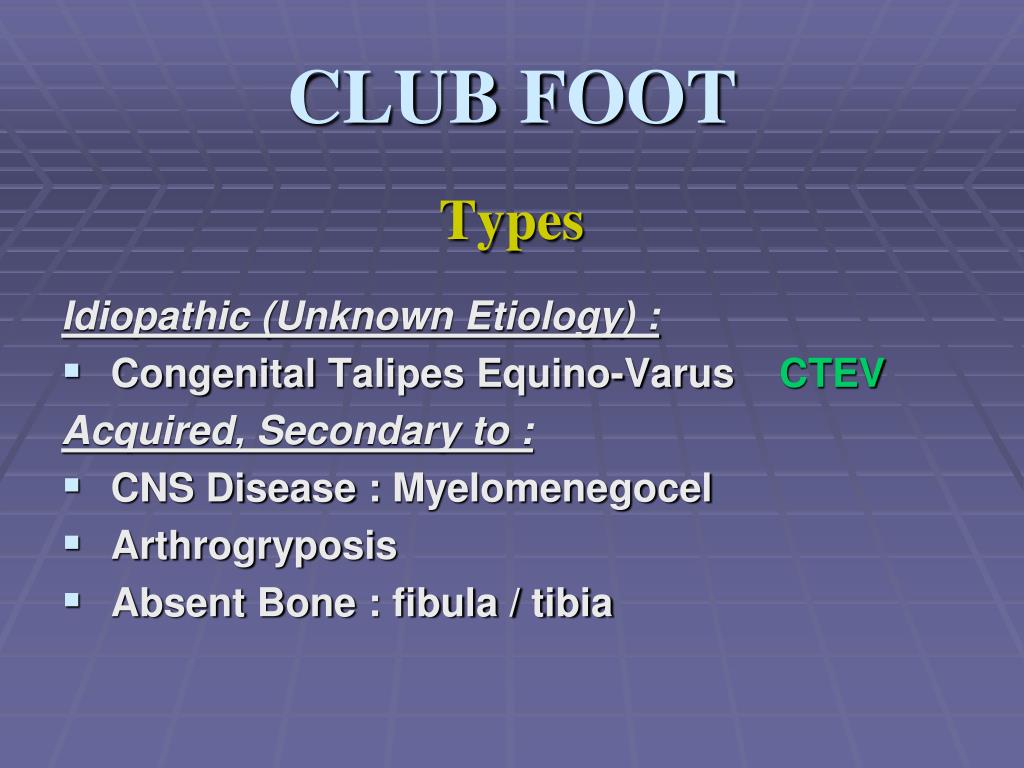
Ppt Congenital Talipes Equino Varus Congenital Clubfoot Powerpoint Presentation Id

Club Foot

Talipes Equinovarus Clubfoot And Other Foot Abnormalities Pediatrics Merck Manuals Professional Edition

Vector Illustration Foot Deformation Medical Desease Infographic Clubfoot Defect Eps Clipart Gg Gograph
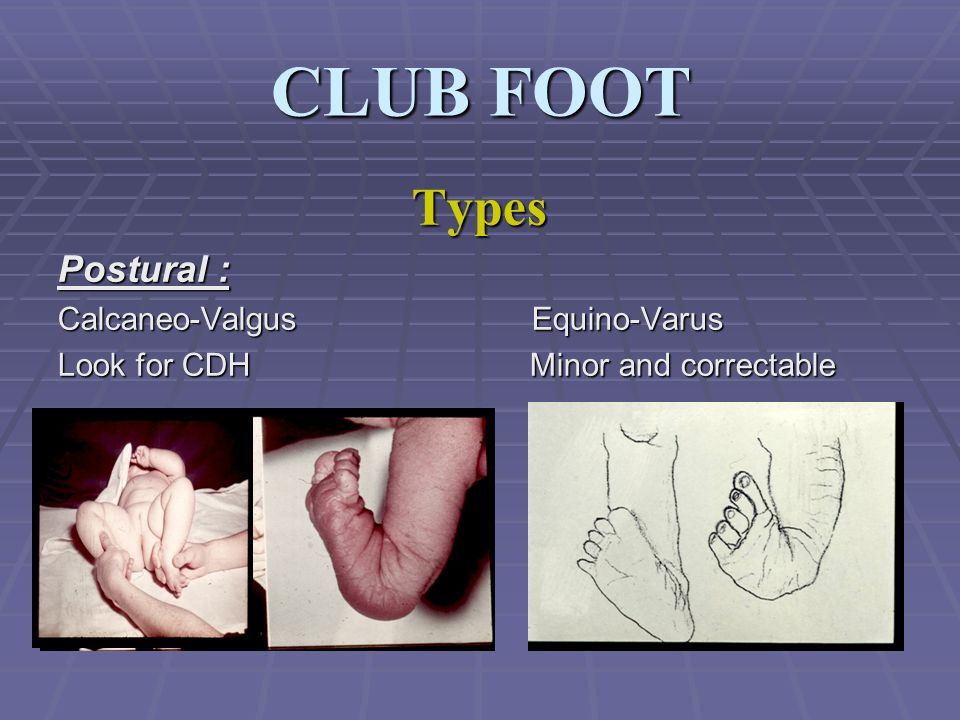
Congenital Talipes Equino Varus Congenital Clubfoot Ppt Video Online Download
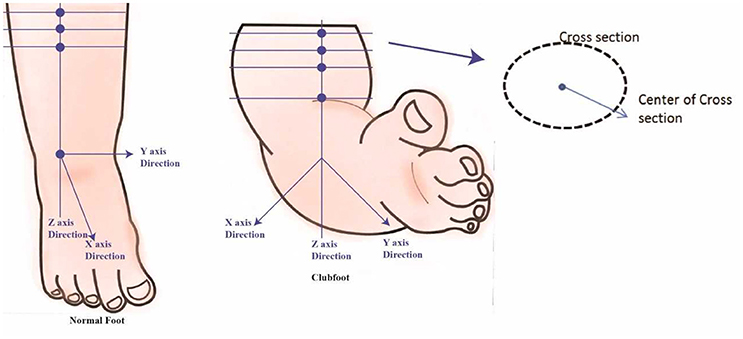
Frontiers Developing A Three Dimensional 3d Assessment Method For Clubfoot A Study Protocol Physiology

Metatarsus Adductus
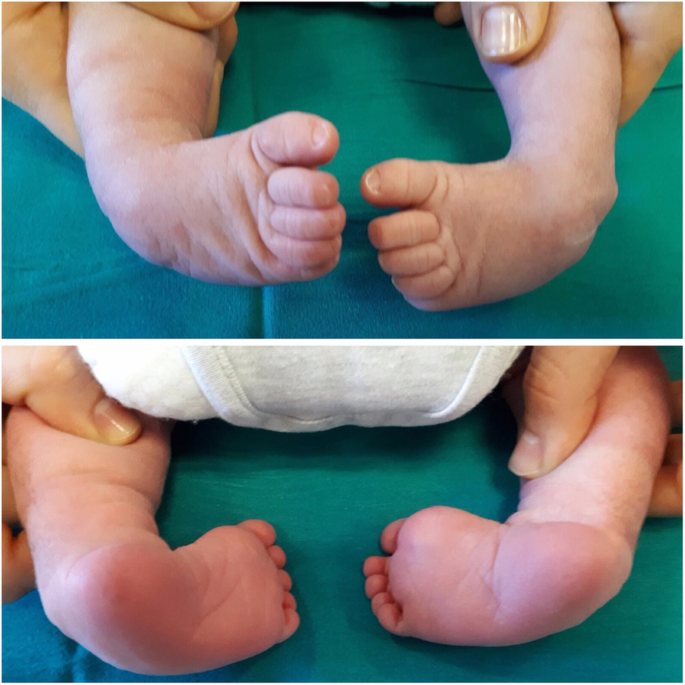
What A Paediatrician Should Know About Congenital Clubfoot Italian Journal Of Pediatrics Full Text
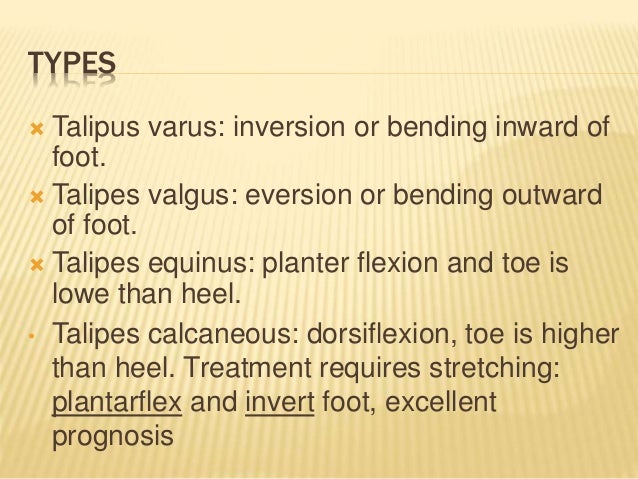
Club Foot
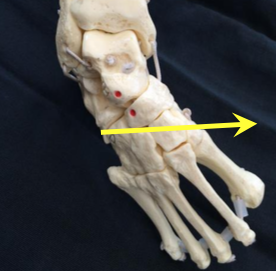
Introduction To Clubfoot Physiopedia

Common Childhood Foot Deformities Consultant360
Pdfs Semanticscholar Org 30ab Ef0bdf78eb3b85e22de7d99a Pdf

Ch 13 Congenital Clubfoot Talipes Med Easy
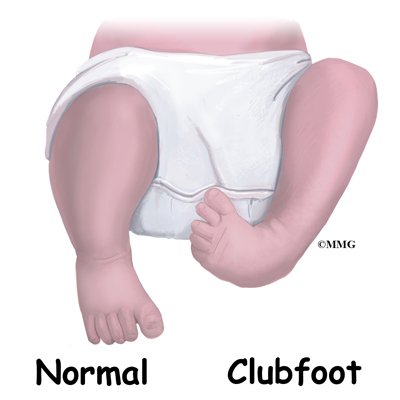
Clubfoot Eorthopod Com

Anti Varus Ctev Shoe For Club Foot Babies Who Begin To Walk Youtube

Club Foot The Foot And Ankle Online Journal

Congenital Idiopathic Talipes Equinovarus American Academy Of Pediatrics

Foot Obgyn Key

Clubfoot Wikipedia

Club Foot Symptoms And Treatment

Management Of Foot Deformity In Children Sciencedirect

Clubfoot Wikipedia

Clubfoot Its Types And Causes Simplified In Hindi Youtube

Talipes Equinovarus Clubfoot And Other Foot Abnormalities Pediatrics Merck Manuals Professional Edition

Keys To Correcting Cavus Foot Deformities Podiatry Today

Metatarsus Adductus Healthing Ca

Congenital Clubfoot Congenital Talipes Equino Varus Ppt Video Online Download

China Grace Kids Stability Shoes Orthopedic Shoes Anti Varus Boots For Club Feet China Ortho Shoes And Ortho Boots Price

China Denis Brown Medical Children Shoes Splint Children Foot Foot Varus Club Foot Correction Shoes China Child Denis Shoes Orthopedic Shoes

Clubfoot Eorthopod Com
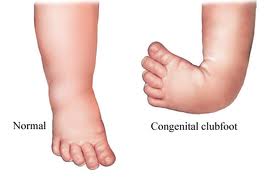
Introduction To Clubfoot Physiopedia
Management Of Metatarsus Adductus Bean Shaped Foot Residual Clubfoot Adduction And Z Shaped Foot In Children With Conservative Treatment And Double Column Osteotomy Of The First Cuneiform And The Cuboid Najdi International

Clubfoot Congenital Talipes Equinovarus Pediatrics Orthobullets
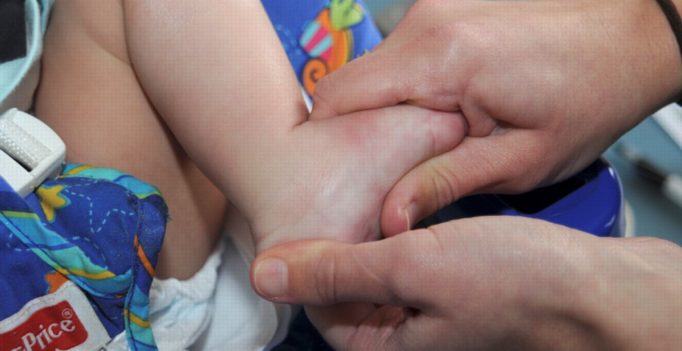
Congenital Talipus Equino Varus Physiotherapy Treatment In Ahmedabad

Club Foot The Foot And Ankle Online Journal
Congenital Talipes Equinovarus Or Club Foot Bone And Spine

China Denis Brown Medical Children Shoes Splint Children Foot Foot Varus Club Foot Correction Shoes China Child Denis Shoes Orthopedic Shoes
Clubfoot What Is Clubfoot What Causes Clubfoot Who Gets Clubfoot What Are The Symptoms Of Clubfoot
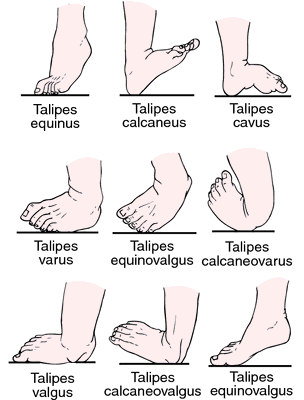
Talipes Definition Of Talipes By Medical Dictionary
Q Tbn 3aand9gctbjqpwtg9u5dfiiwqccehl41dmzugwytfinikee 4dwaj6vyme Usqp Cau

Essentials Clubfoot Guide 123

Challenging Clubfeet The Arthrogrypotic Clubfoot And The Complex Clubfoot Journal Of Children S Orthopaedics

Foot Deformities Pediatric Physical Therapy Pediatric Nursing Sensory Therapy

Treatment Of Neglected And Relapsed Clubfoot With Midfoot Osteotomy A Retrospective Study
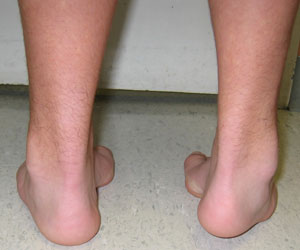
Pediatric Foot Deformities An Overview

Congenital Idiopathic Talipes Equinovarus American Academy Of Pediatrics
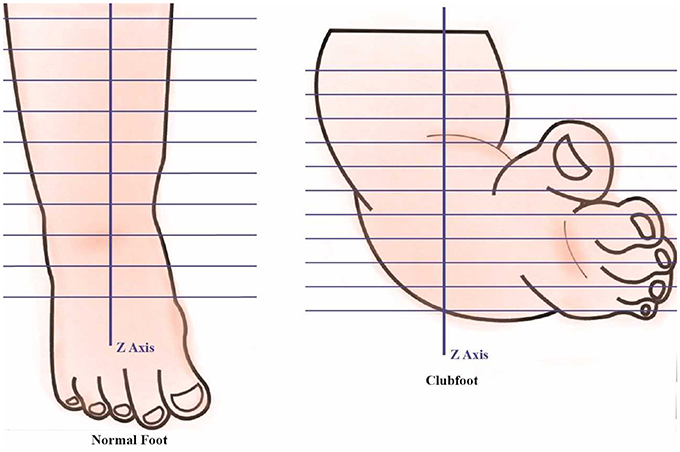
Frontiers Developing A Three Dimensional 3d Assessment Method For Clubfoot A Study Protocol Physiology

Club Foot Symptoms And Treatment
Q Tbn 3aand9gctp62jgxdlybgwfyvfzh Y3p9jo177qwhalpgcofoygxaj3mncw Usqp Cau
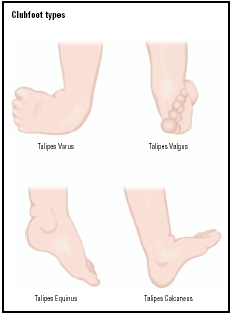
Clubfoot Symptoms Stages Definition Description Demographics Causes And Symptoms Diagnosis
Ponseti Method In The Management Of Clubfoot Under 2 Years Of Age A Systematic Review
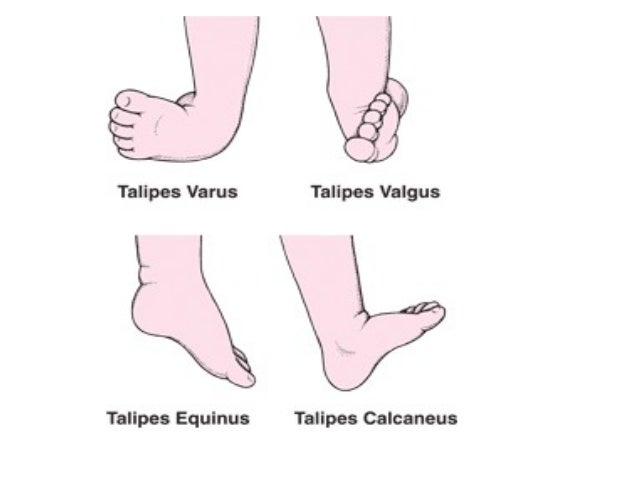
Club Foot 1

Congenital Clubfoot Congenital Talipes Equino Varus Ppt Video Online Download
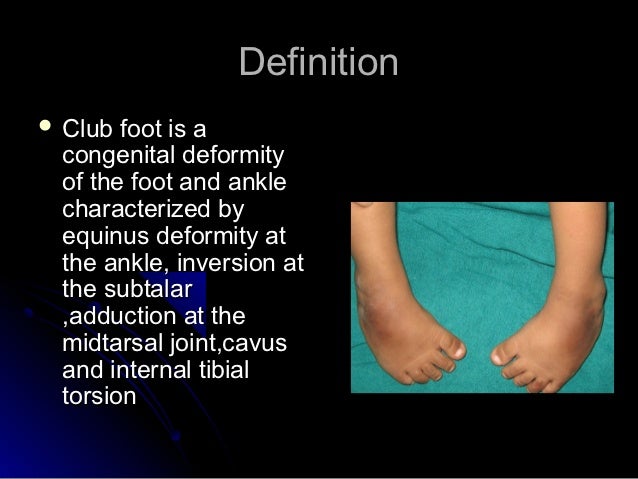
Congenital Talipes Equino Varus

Clubfoot Foot And Ankle Deformities Principles And Management Of Pediatric Foot And Ankle Deformities And Malformations 1 Ed
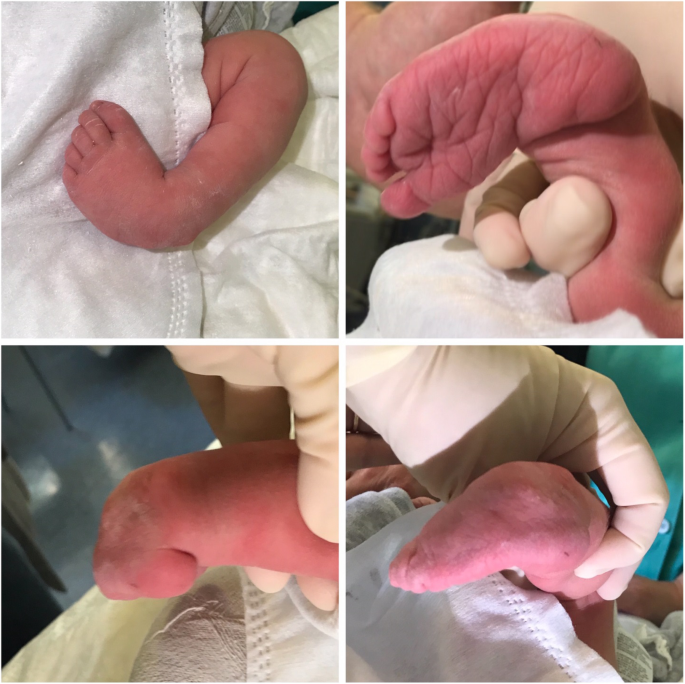
What A Paediatrician Should Know About Congenital Clubfoot Italian Journal Of Pediatrics Full Text
Management Of Metatarsus Adductus Bean Shaped Foot Residual Clubfoot Adduction And Z Shaped Foot In Children With Conservative Treatment And Double Column Osteotomy Of The First Cuneiform And The Cuboid Najdi International

Clubfoot Foot And Ankle Deformities Principles And Management Of Pediatric Foot And Ankle Deformities And Malformations 1 Ed
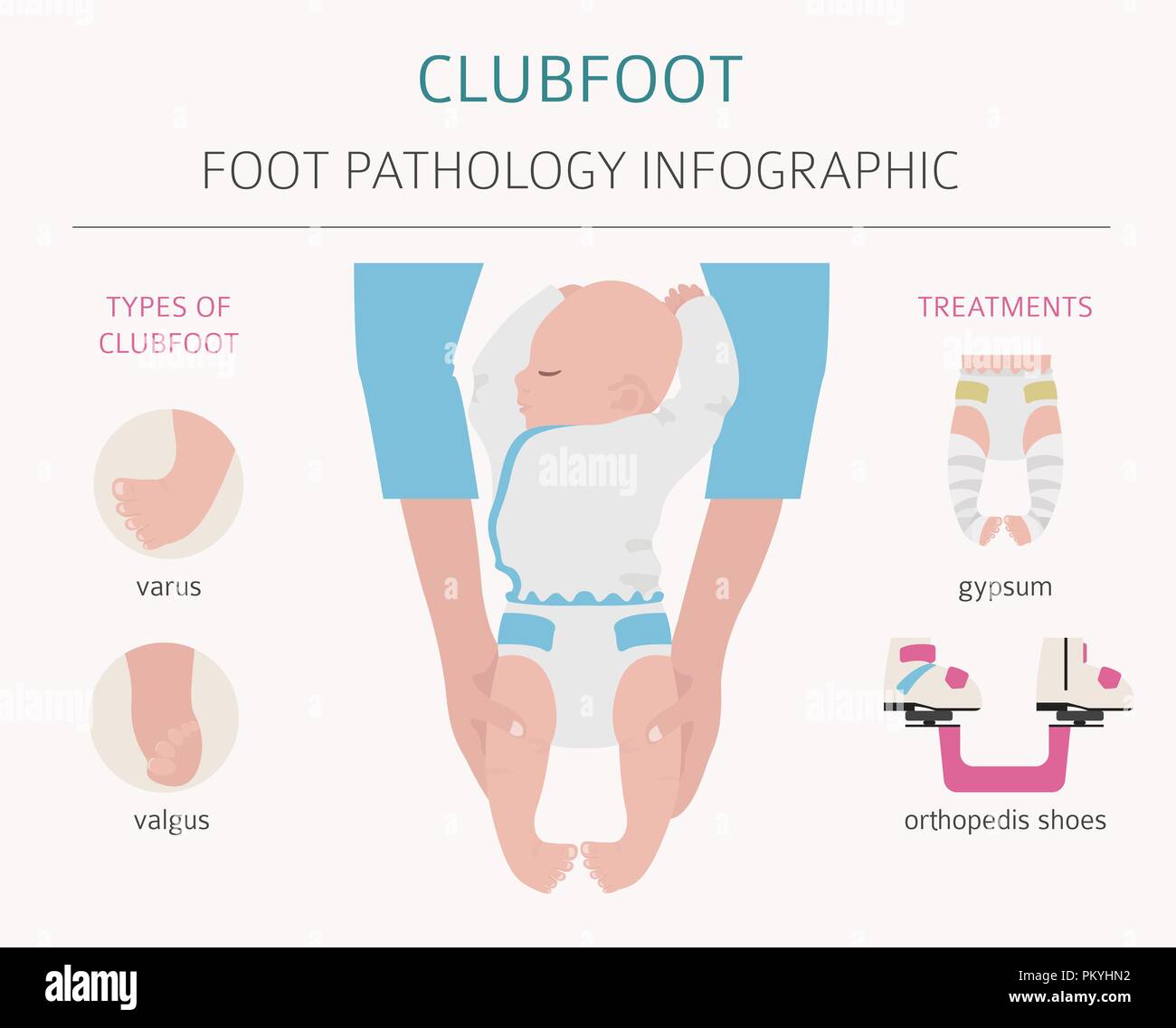
Clubfoot High Resolution Stock Photography And Images Alamy

Antivarus Ctev Sandals Congenital Talipes Equinovarus
Q Tbn 3aand9gctp62jgxdlybgwfyvfzh Y3p9jo177qwhalpgcofoygxaj3mncw Usqp Cau
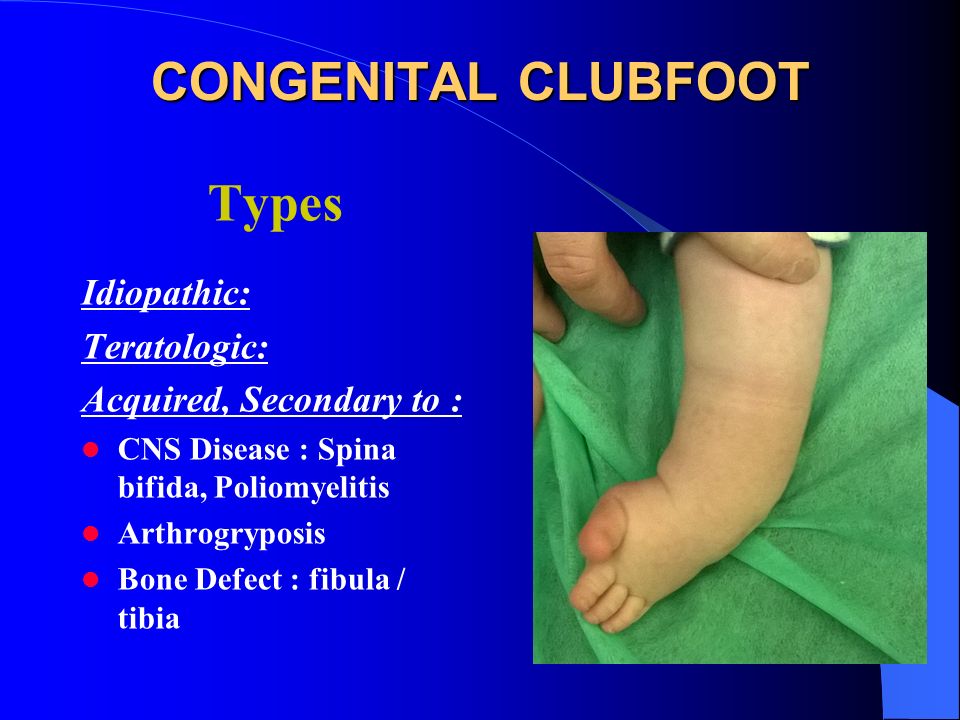
Congenital Clubfoot Congenital Talipes Equino Varus Ppt Video Online Download
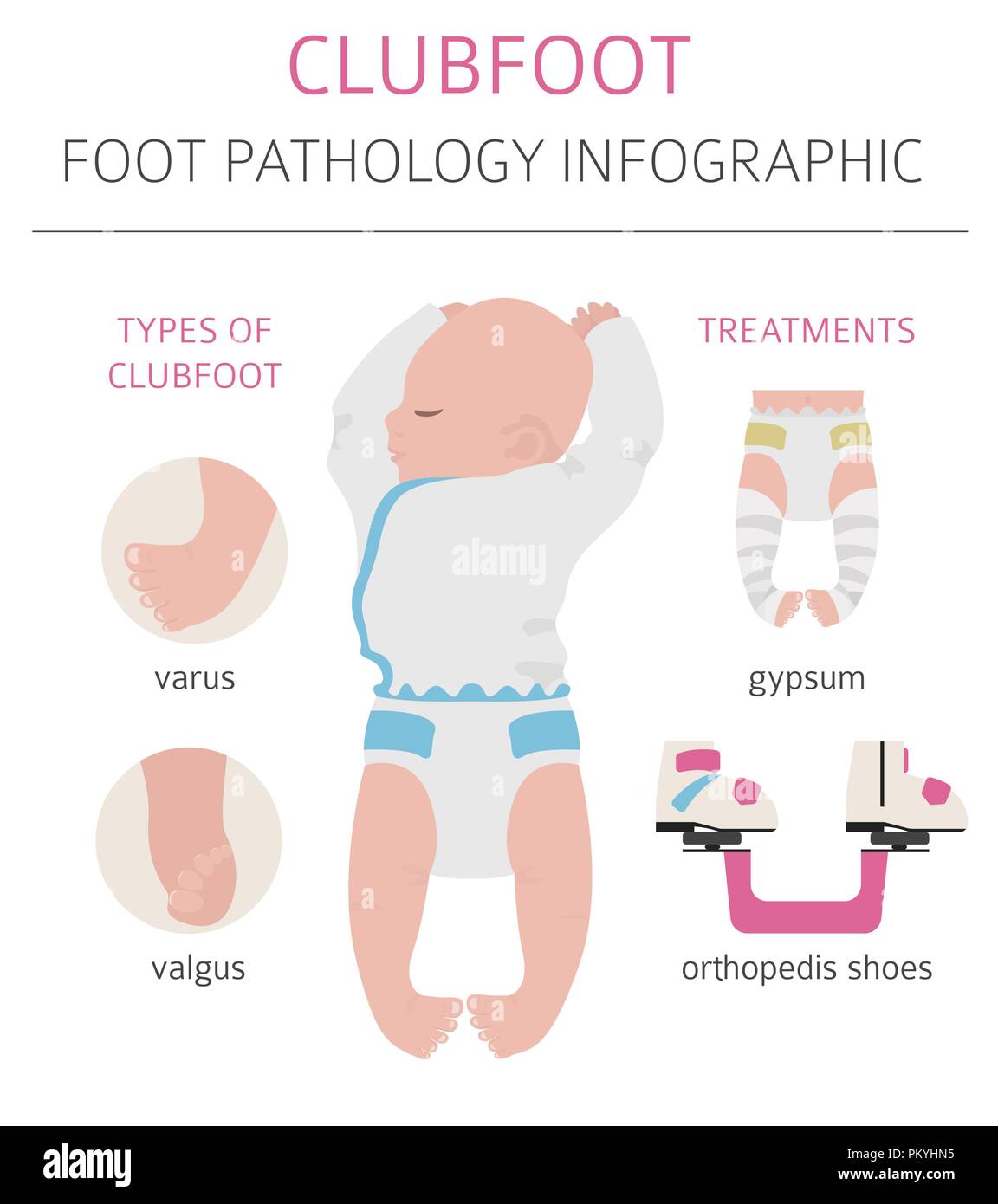
Clubfoot High Resolution Stock Photography And Images Alamy

Dimeglio Classifi Cation Of Clubfoot Each Major Component Of Clubfoot Download Scientific Diagram
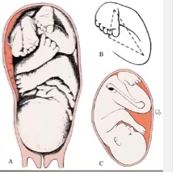
Introduction To Clubfoot Physiopedia

Common Pediatric Lower Limbs Deformities Muhammad Farrukh Bashir Ppt Video Online Download

Dimeglio Score Evaluation A Bilateral Clubfoot B Varus 3 C Download Scientific Diagram

Clubfoot Congenital Talipes Equinovarus Pediatrics Orthobullets

Congenital Talipes Equinovarus Clubfoot Nursing Care Management Nurseslabs

Talipes Club Foot Health
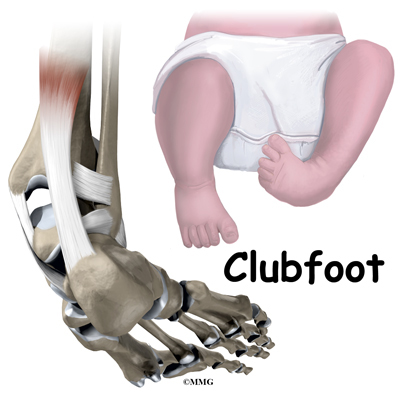
Clubfoot Eorthopod Com

Challenging Clubfeet The Arthrogrypotic Clubfoot And The Complex Clubfoot Journal Of Children S Orthopaedics

Clubfoot Talipes Equinovarus Tev Youtube

Metatarsus Adductus

Clubfoot Archives African Journal Of Current Medical Research

A Summary Of The Clubfoot Assessment Protocol Cap Download Table
Management Of Metatarsus Adductus Bean Shaped Foot Residual Clubfoot Adduction And Z Shaped Foot In Children With Conservative Treatment And Double Column Osteotomy Of The First Cuneiform And The Cuboid Najdi International
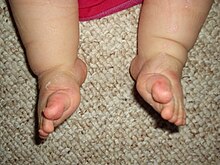
Clubfoot Wikipedia
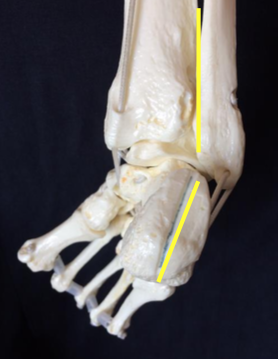
Introduction To Clubfoot Physiopedia

Clubfoot And Other Foot Defects Children S Health Issues Msd Manual Consumer Version
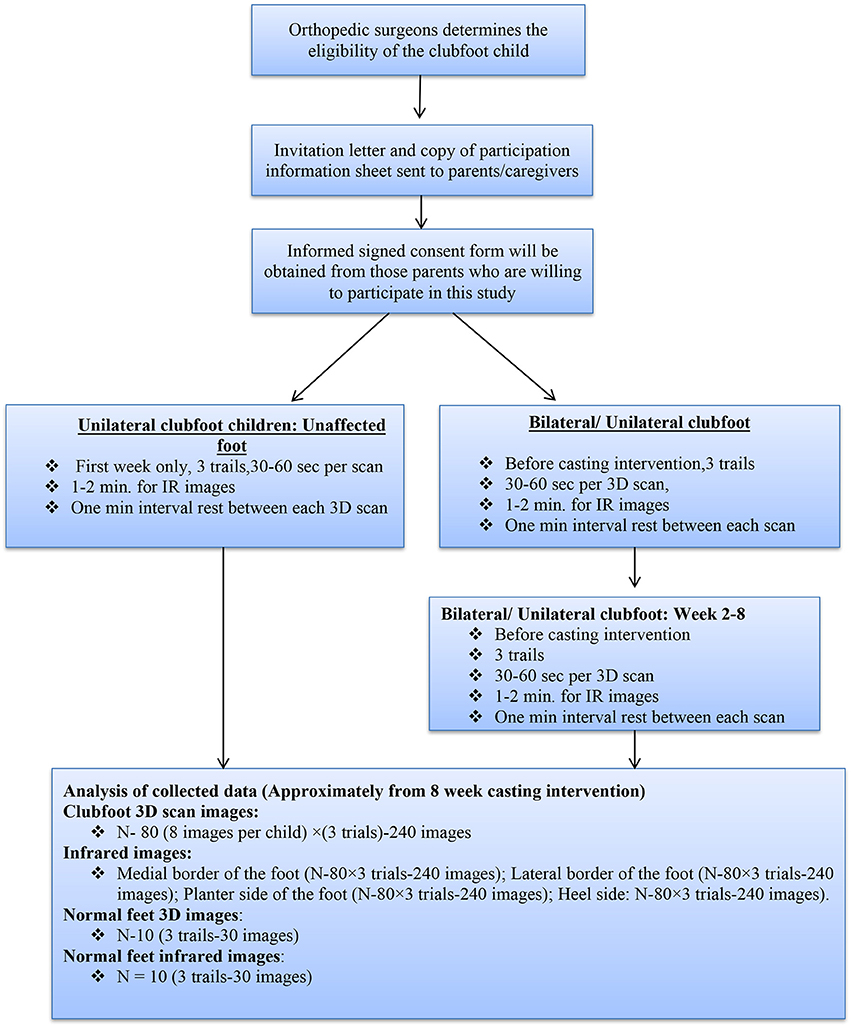
Frontiers Developing A Three Dimensional 3d Assessment Method For Clubfoot A Study Protocol Physiology

B Quad Foot Type Bradford Ma Pistone Foot Care Center
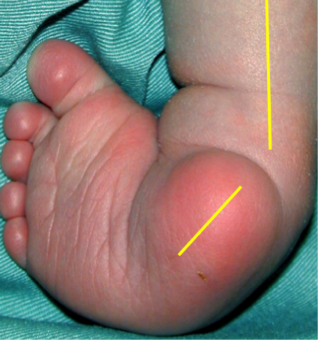
Assessing Children With Clubfoot Physiopedia
2
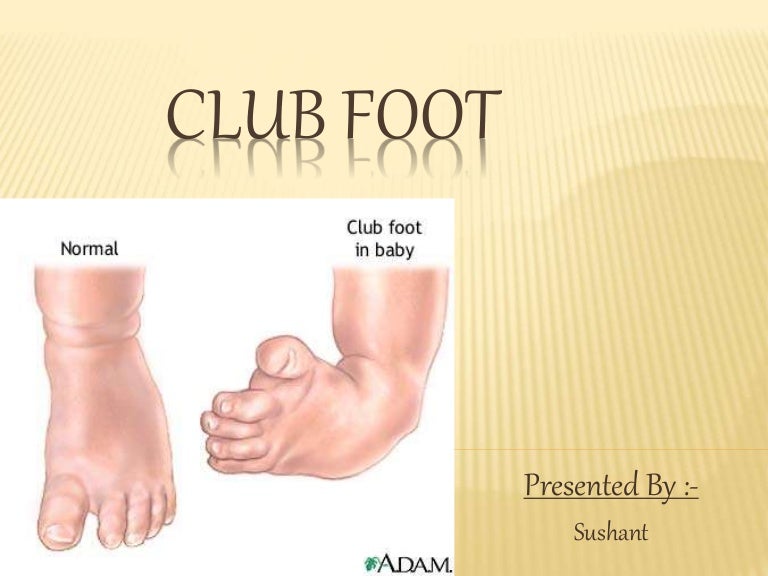
Club Foot

Club Foot Foot Musculoskeletal System
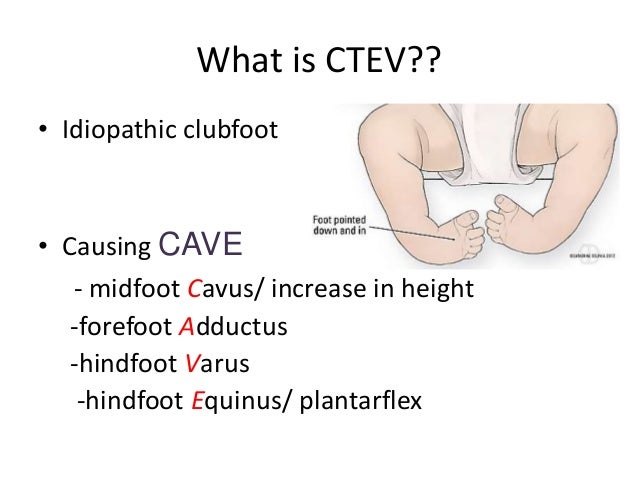
Congenital Tallipes Equino Varus Ctev

Foot Problems Pediatrics Clerkship The University Of Chicago
Q Tbn 3aand9gcsiqk2gm7zj3ssgnajpf1ujxpqe2efkyujjneftvigthk Bxfrn Usqp Cau

Clubfoot Foot And Ankle Deformities Principles And Management Of Pediatric Foot And Ankle Deformities And Malformations 1 Ed

Club Foot The Foot And Ankle Online Journal

Clubfoot Congenital Talipes Equinovarus Pediatrics Orthobullets
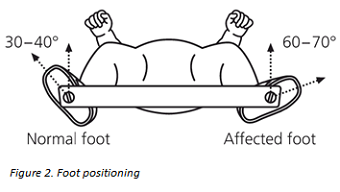
Kids Health Information Clubfoot Boots And Bar

Ctev Foot Anatomical Terms Of Motion

High Quality Anti Varus Shoes Models Best Price Club Foot Orthopedic Shoes Buy Clubfoot Club Foot Shoes Club Foot Orthopedic Shoe Product On Alibaba Com

Clubfoot Congenital Talipes Equinovarus Pediatrics Orthobullets
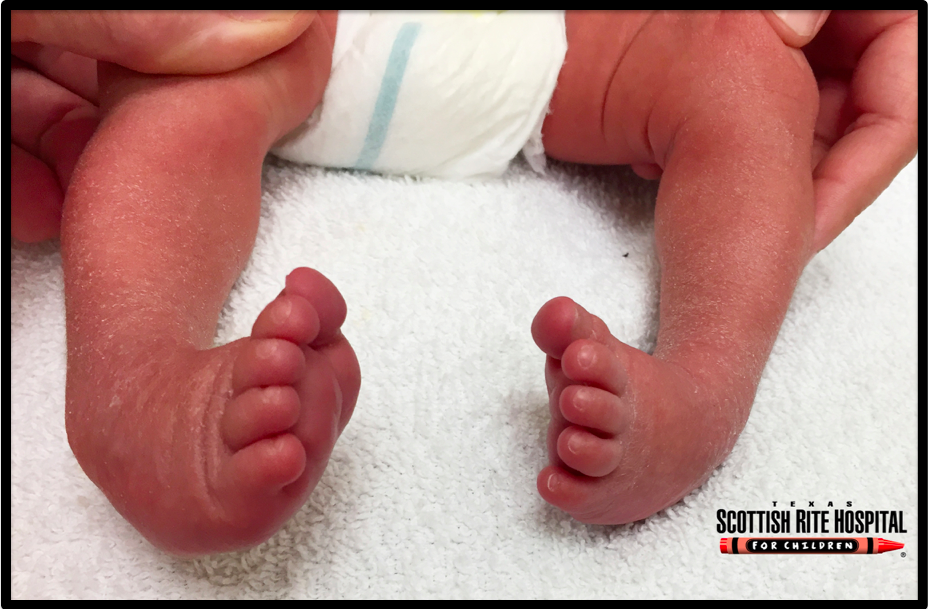
Clubfoot Deformity Footeducation

Foot Types Do They Really Matter The Gait Guys

Varus Stock Illustrations 56 Varus Stock Illustrations Vectors Clipart Dreamstime
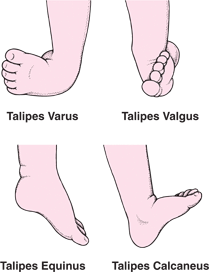
Congenital Talipus Equino Varus Physiotherapy Treatment In Ahmedabad
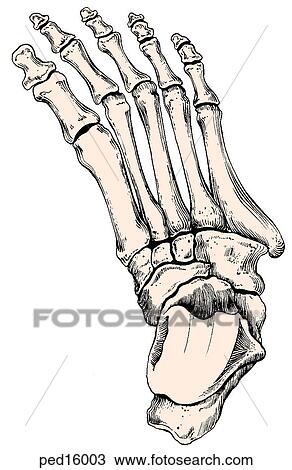
Illustration Of The Bones In Clubfoot Deformity Note Tarsal Navicular Moved Medial To Talus Talus Is Forced Laterally Which In Turn Has Pushed Calcaneus Into Varus And Equinus Drawing Ped Fotosearch



